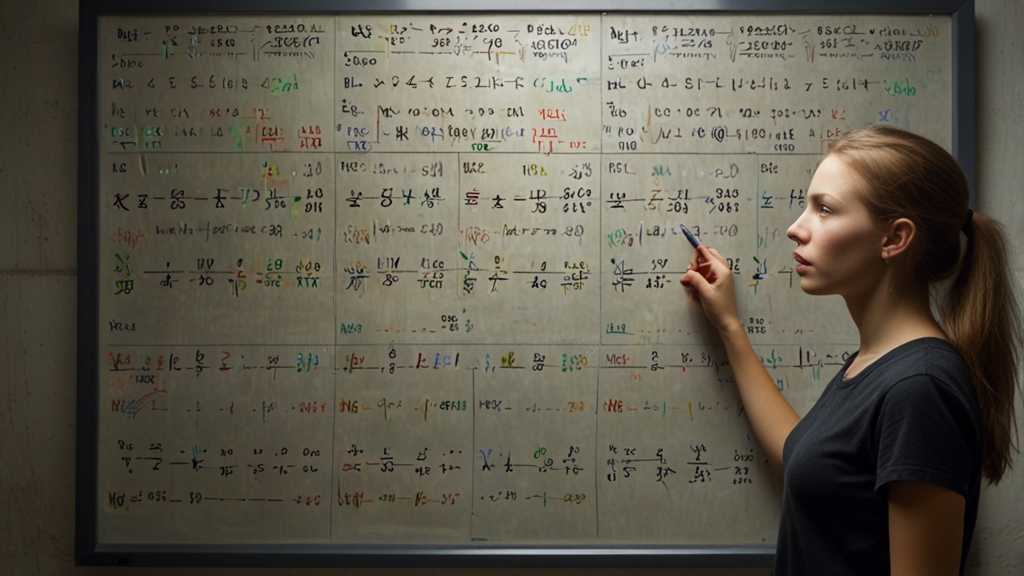The Untold Truth About Ancient Civilizations and Their Warfare
When we think of ancient civilizations, our minds often wander to grandiose temples, elaborate rituals, and the dawn of human ingenuity. Yet, an equally important aspect of these societies lies in their approach to warfare. From the strategic acumen of Alexander the Great to the ruthless efficiency of the Assyrian army, ancient warfare was a complex tapestry woven with innovation, brutality, and tactical brilliance.
The Complexity of Ancient Warfare
Contrary to popular belief, ancient warfare was not a chaotic melee of crude weapons and unorganized skirmishes. These societies invested heavily in the art of war, developing sophisticated strategies that laid the groundwork for military tactics used even today. Understanding the rules of engagement, formation tactics, and psychological warfare were as critical then as they are now.
"The greatest victory is that which requires no battle." - Sun Tzu, The Art of War.
Sun Tzu’s famous axiom encapsulates the depth of strategic thinking in ancient times. While many often associate ancient civilizations with primitive combat, their strategic planning often rivaled modern military doctrines. The phalanx formation of the Greeks, the Roman legions' discipline, and the ambush tactics of the Huns showcase a variety of advanced methods employed to achieve superiority over adversaries.
Technological Advances in Weaponry
One cannot discuss ancient warfare without acknowledging the technological advancements that revolutionized the battlefield. The Egyptians, for instance, were pioneers in the use of chariots, transforming them into deadly weapons of war. The Assyrians, renowned for their military prowess, utilized iron weaponry and siege engines to devastating effect.
The development of metallurgy played a crucial role in these advancements. The transition from bronze to iron weapons marked a significant leap in lethality and durability. Moreover, the invention and refinement of the bow and arrow, particularly the composite bow used by the Mongols, amplified the range and impact of ancient military forces.
Cultural and Psychological Warfare
Warfare in ancient times extended beyond the physical battlefield into the realms of culture and psychology. The Romans were adept at integrating conquered peoples through a combination of military might and cultural assimilation, extending the reach of their empire far and wide.
"Divide and conquer," quipped Julius Caesar, illustrating a psychological strategy that aimed to weaken enemy alliances before facing them in combat.
Ancient civilizations also engaged in ritualistic displays of power meant to instill fear in their enemies. The Celts, known for their fierce fighting spirit, would sometimes enter battle naked, painted in woad, to intimidate their foes. Similarly, the Aztecs performed elaborate rites and sacrifices, demonstrating their divine favor and instilling terror among rival tribes.
Warfare and Society
The impact of warfare on ancient societies was profound, influencing everything from politics and economy to culture and religion. Military achievements often served as a measure of a ruler’s legitimacy and glory. Monumental structures like the Great Wall of China or Trajan’s Column in Rome stand as eternal testaments to the military prowess and resources of these civilizations.
Agriculture, economic systems, and even social hierarchies were frequently molded by the demands of war. The Spartans, for example, organized their society around a warrior ethos, with every male citizen undergoing rigorous military training from a young age. This focus on martial discipline ensured their dominance in battles but also dictated their way of life.
Conclusion
To fully appreciate the richness of ancient civilizations, one must delve into their sophisticated approaches to warfare. These societies were not just shaped by art and architecture but also by their martial innovations and strategic brilliance. By examining their military strategies, technologies, and psychological tactics, we gain a deeper understanding of how these ancient people confronted the challenges of their time and laid the foundation for future generations.
In this light, the untold truths about ancient civilizations and their warfare reveal a nuanced picture of human ingenuity, resilience, and the timeless quest for dominance and survival.









